Niko-niko calendar

https://management30.com/practice/niko-niko-calendar/
Introduction
The Niko-niko calendar is the application of a very important principle in Agile project management defined by American engineer and Agile expert Tom Gilb:
“Everything you need to quantify can be measured in a way that simple to not even measuring it.”
The analysisdoes not have to be perfect or accurate. The goal is to quantify something that didn’t exist before.
Mood and feelings are constantly tested, not only against the Project Manager, Product Owner or Scrum Master, but also across the entire team, especially the Development Team and can be easily mapped through a Niko Niko Chart.
After all, we are human beings, and as human beings we are sensitive to mood swings due to the simplest factors internal or even external to the organization.
So, the question is:
Do you know your mood and that of your team?
Can you easily identify reasons why your or your team’s moods vary?
If you don’t know, unfortunately my friend, I have to tell you.
IT SHOULD, because only with this knowledge can we balance ourselves through facts that bother us.
Explain the Practice
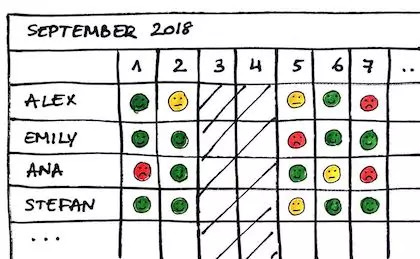
Niko-niko should follow some principles:
Everyone’s mood must be visible.
It should never be used against anyone or considered as an individual goal.
Moods must be observed during the daily meeting(following day)
The manager / team leader / scrum master should try to understand and address the “abnormality”, good or bad: a common bad day shared by the entire team, a person who is constantly happy while the rest of the team is unhappy, and vice versa , a general deterioration in the team’s mood, a shared “happy” mood even if the project isn’t going well.
Despite its funny name, it is a powerful tool to identify, as mentioned above, not only your mood, but that of your entire team.
Created by the Japanese Akinori Sakata, Niko Calendar is a very simple tool to represent, in a transparent way, all the mood, feelings, motivation and moral presented by the members of your work team.
Through a table divided into rows and columns, where each row represents a team employee, and the columns represent the days of the Sprint.
Each member reports, at the end of the day, a representative image of their feelings during the day.
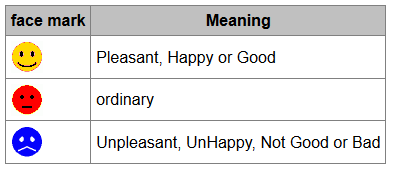
Happy or motivated;
Normal or neutral;
Unhappy or unmotivated.
Why did you decide to use this practice
After using some dynamics Management 3.0
With the team, it became simpler to suggest that we check the mood of the team members.
The team accepted and applied the Niko-niko calendar.
Niko Calendar is a very simple form of feedback from the team about their motivational state and more than that it makes each team member reflect a little more about how the work day went and think about how to improve the day Following.
In addition to the obvious function of serving as a thermometer of how comfortable and motivated the team is, that’s why it’s important that everyone uses the calendar correctly, actually reporting their actual mood at the end of the day.
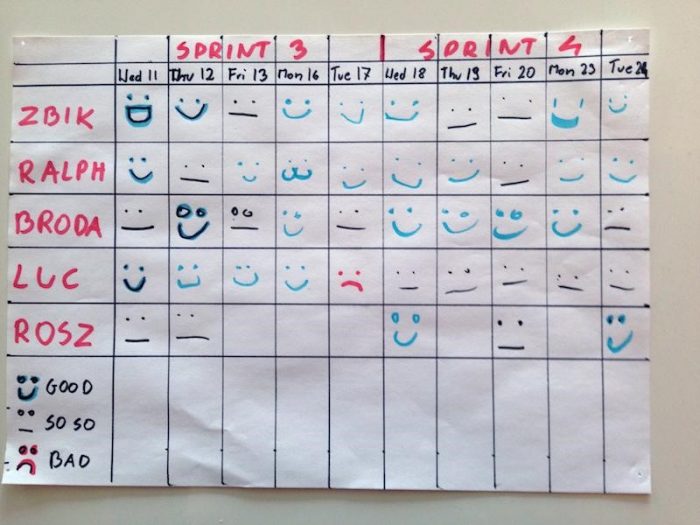
How did you use this practice
We add the niko niko calendar to a miro board and use it daily in our scrum/lean ceremonies.
Before dailly meeting, collaborators added the level of humor.
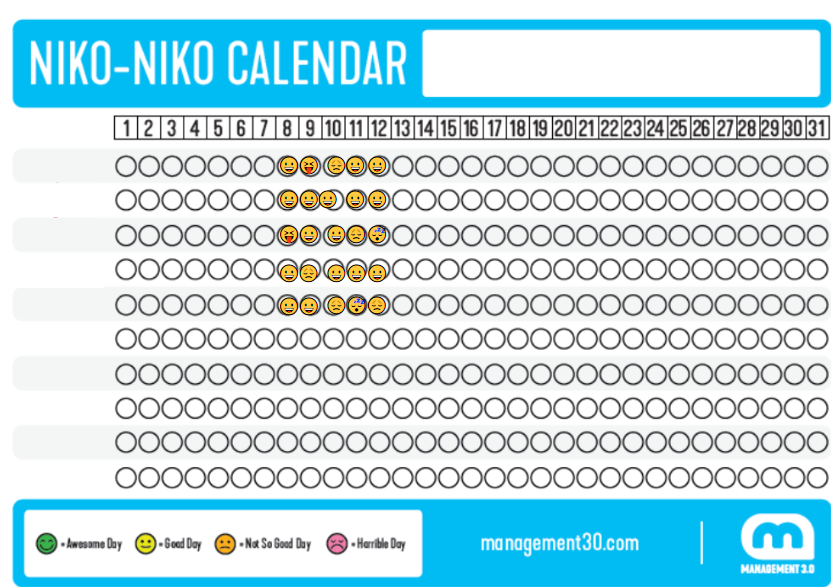
Thus, it will be up to the Scrum Master, servant leader and team coach, the task of identifying such feelings, intervening positively when necessary.
We share the link so that it is part of the scrum/agile rites and is easily remembered by everyone on the team.
We generate the chart into lines and columns as mentioned above, according to the number of team members;
We leave the emotions close to the board in the miro in order to facilitate its daily filling.
And we monitor your team’s mood and feelings, the scrum master or agile coach is responsible for intervening when something is off the patterns.
Pattern identification




Your learnings as facilitator
After applying the niko niko calendar, it became much easier to know how to deal with the team’s collaborators.
Because we knew how and when to get to speak at follow-ups or meetings.
By knowing the collaborator’s mood, it was easier to understand what is happening to him on a daily basis.
As powerful as it is, this tool shouldn’t necessarily be used just to monitor your team’s feelings.
We can use it to monitor our own feelings in order to begin to identify our own feelings in certain situations we witness or experience.
Successful Project Managers know their own feelings and know when to act.
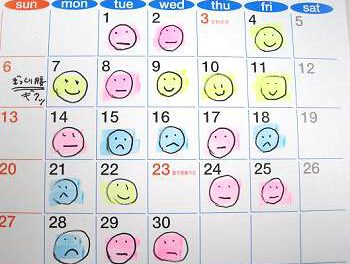
The possibility to obtain and analyze your team’s feelings is a unique opportunity not only for reflection but also a general understanding of the behavior of each member.
Furthermore, the possible identification of patterns presented as the graph is filled in becomes a powerful indicator that should be used by the person responsible for the project.
When idenfying non-user behavior patterns, we trigger the agile coach/scrum master to intervene and understand what is happening with a certain employee/team.
If the mood is in a pattern of happiness, we celebrate with the employees/team the reason for that happiness.
If the mood is in a pattern of sadness/dismay, we intervene in the team to look for the reason for that feeling.
There are cases where team members are unhappy in one squad and happy in another.
Niko-niko makes it easier for us to have a clear view of the mood of the team/project.
